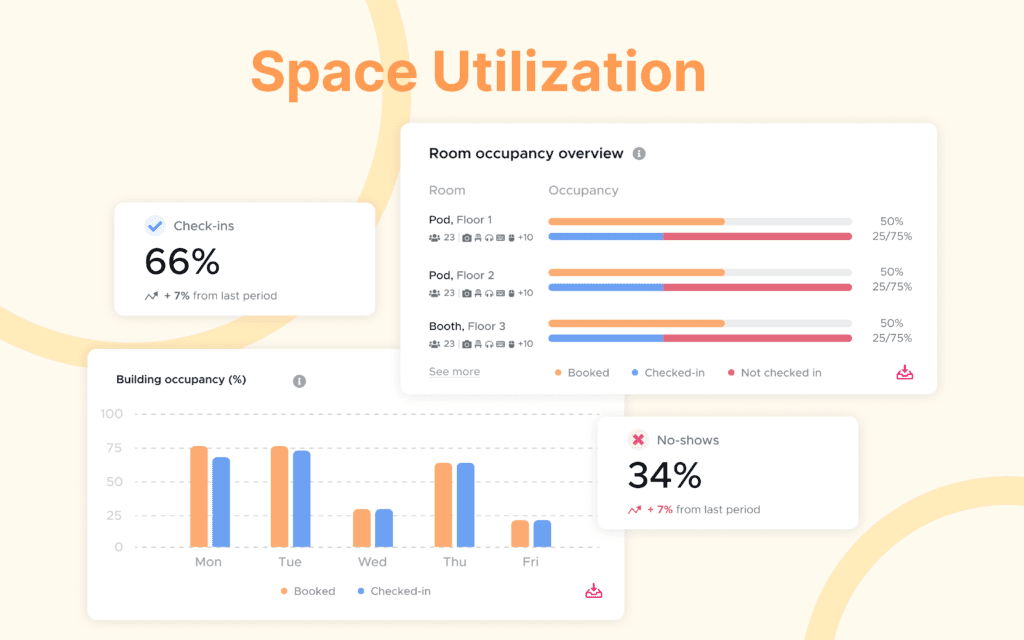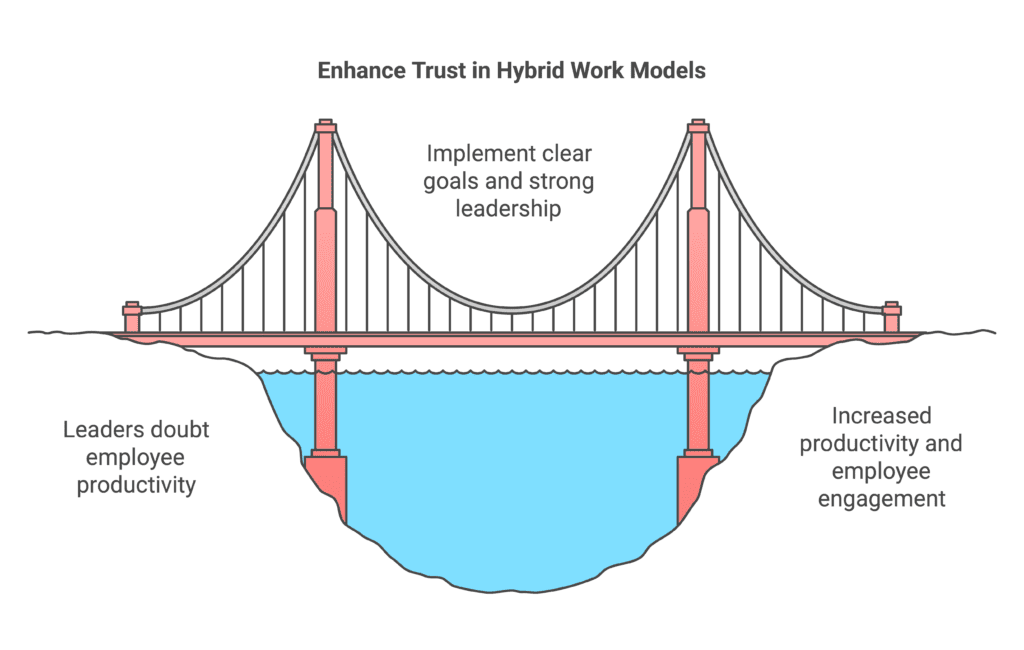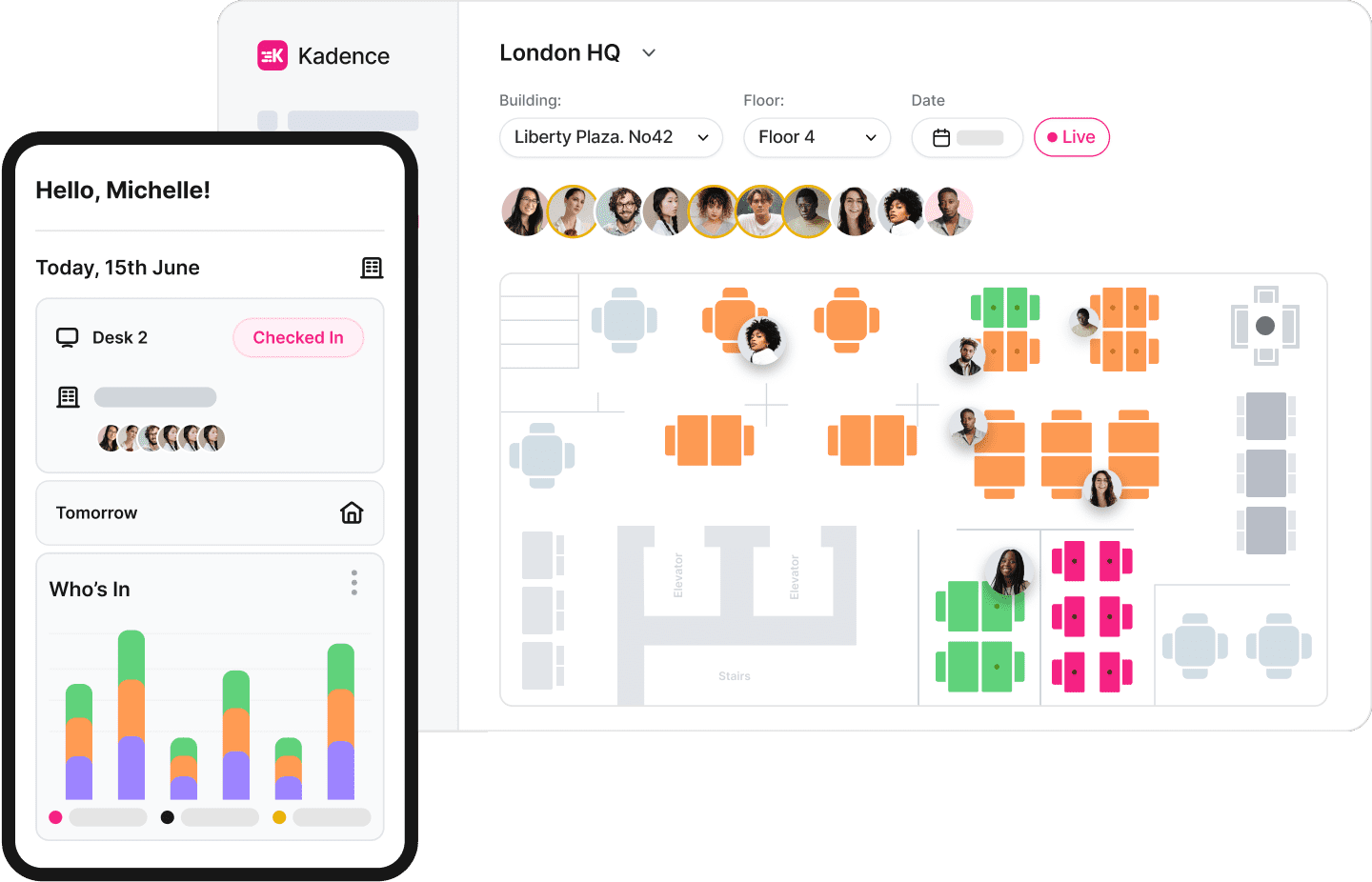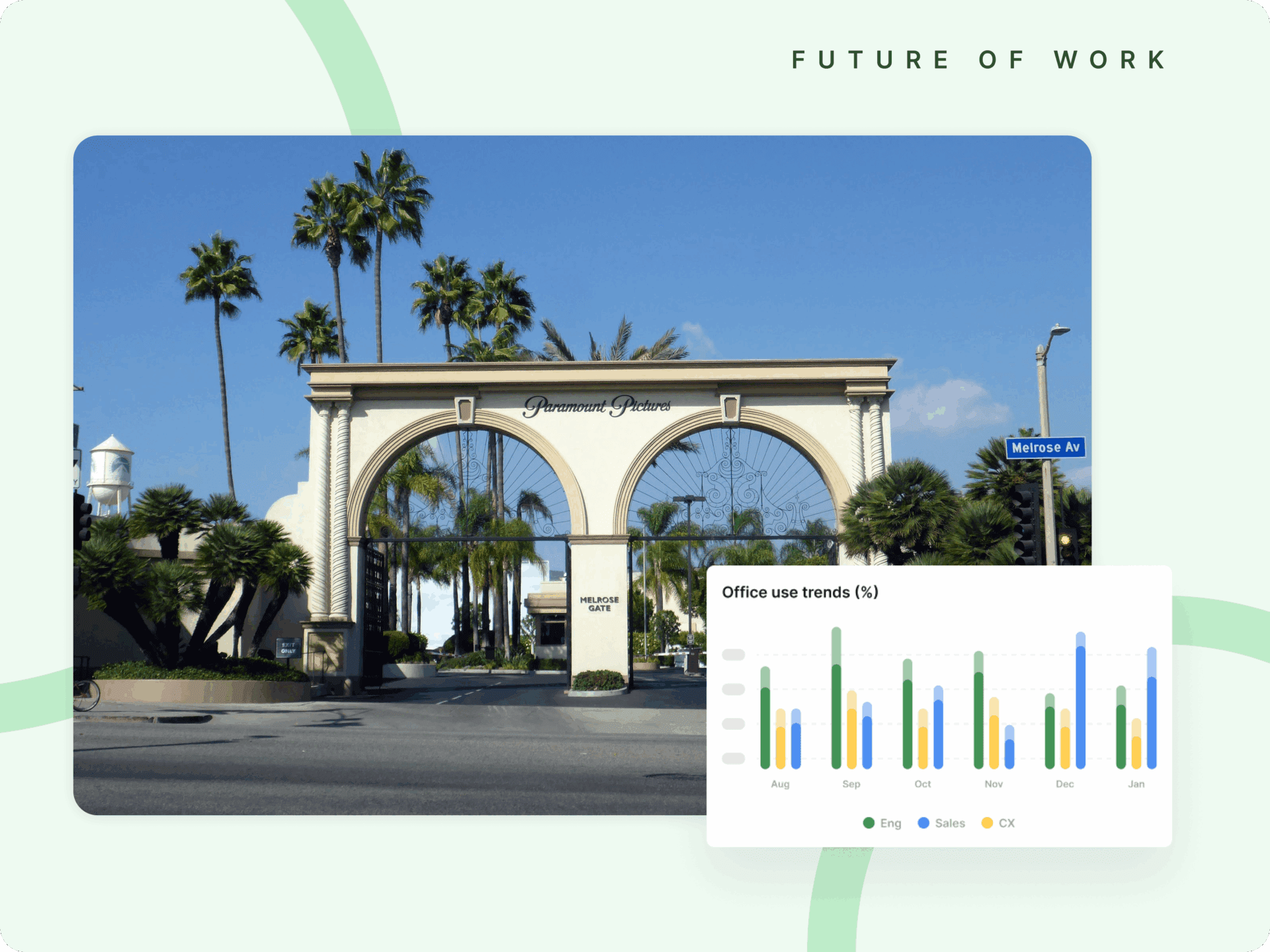Over the past few years, the power dynamic between employees and employers has shifted dramatically. Workplace surveillance has become a key tool in enforcing return-to-office mandates, with companies increasingly using tracking systems to monitor not just attendance, but also employee productivity and engagement. Remote and hybrid work became the norm, and many professionals got used to the flexibility that came with it. But now, companies are tightening their grip out of fear that they are not getting the full potential of their workforce. More and more, presentism isn’t just encouraged—it’s becoming a performance metric.
Some of the biggest names in business, from JPMorgan to PwC UK, are now tracking who’s coming into the office and when. They’re using this data not just to optimize office space but to influence bonuses, promotions, and even job security. But beyond office presence, many companies are now using sophisticated software to monitor employees’ digital activity—tracking keystrokes, taking random screenshots of work computers, and even analyzing time spent on specific applications. The message is clear: If you want to succeed, you need to show up and prove you’re working.
But does this really work? Or are companies just pushing their best people out the door?
The New Metrics of Surveillance
Employers are leveraging advanced technology to track not just office attendance but also employee productivity, using everything from badge swipes to keystroke monitoring and project tracking software. Some software even takes automated screenshots of employees’ work computers at random intervals, creating a digital surveillance environment that many employees find intrusive. In some cases, this data is being used to enforce RTO mandates, with employees facing repercussions if they don’t comply. PwC, for example, now sends monthly reports on office attendance to employees and their career coaches. Lloyds Banking Group is even tying in-office presence to executive bonuses.

However, tracking office usage isn’t inherently problematic. When used correctly, data on office utilization can provide valuable insights into how space is being used, helping companies optimize real estate costs, improve collaboration spaces, and create a more efficient workplace. Companies that leverage this information to enhance the work environment—rather than surveil employees—stand to benefit in terms of both cost savings and employee satisfaction.
This growing surveillance culture signals a shift in how companies manage their workforces. Rather than fostering trust and autonomy, these tactics create an environment where employees feel constantly monitored, leading to stress, disengagement, and, ultimately, attrition.
The Risk of Losing High Performers
A recent Pew Research study found that nearly half of employed adults who could work remotely would consider leaving their jobs if forced to return full-time. And they’re following through on that sentiment. Companies like Apple, Microsoft, and SpaceX saw increased attrition when they imposed stricter in-office mandates.
Why? Because employees don’t measure productivity by hours spent at a desk—they measure it by impact. And in a world where flexibility has become a key factor in job satisfaction, taking that away feels like a step backward.

Surveillance vs. Trust in Hybrid Work
What’s interesting is that not all companies are going all-in on mandatory office time. Some, like Deloitte and KPMG, have opted to maintain flexible hybrid policies. These firms understand that employee trust and autonomy often lead to better outcomes than rigid policies. Instead of mandating attendance, they’re focusing on outcomes—ensuring that employees meet their goals regardless of where they work.
Other businesses, like mobile ad company Kargo, are adopting a tiered approach. Senior leadership must be in the office daily, while junior employees have more flexibility. This model acknowledges the benefits of in-person collaboration without alienating employees who thrive in remote settings.
The Bigger Picture: RTO as a Surveillance Tool?
One of the more cynical takes on strict return-to-office policies is that they’re a way to exert greater control over employees under the guise of collaboration. When WPP recently told its 100,000+ employees they had to be in the office four days a week, some staff saw it as a means of micromanagement rather than a strategy for productivity. The increased use of tracking software has raised concerns that these policies are less about fostering teamwork and more about exerting constant oversight. After all, employees who refuse to comply are easy targets for termination.
But this is a risky strategy. When organizations start weaponizing surveillance, they don’t just lose low performers—they lose their best talent, too.

What’s the Right Approach?
Instead of using surveillance to track attendance or productivity, companies should be asking a different question: Are employees delivering meaningful results? The best workplaces are those that measure success based on output, not office presence.
Kadence helps companies embrace this shift by providing smarter, more flexible solutions for hybrid work. Unlike invasive monitoring tools, our platform helps businesses optimize office space, facilitate collaboration, and give employees the freedom to work in ways that maximize their productivity—without surveillance.
The future of work isn’t about surveillance—it’s about trust and impact. And the companies that get this right will attract and retain the best talent in the years ahead.





